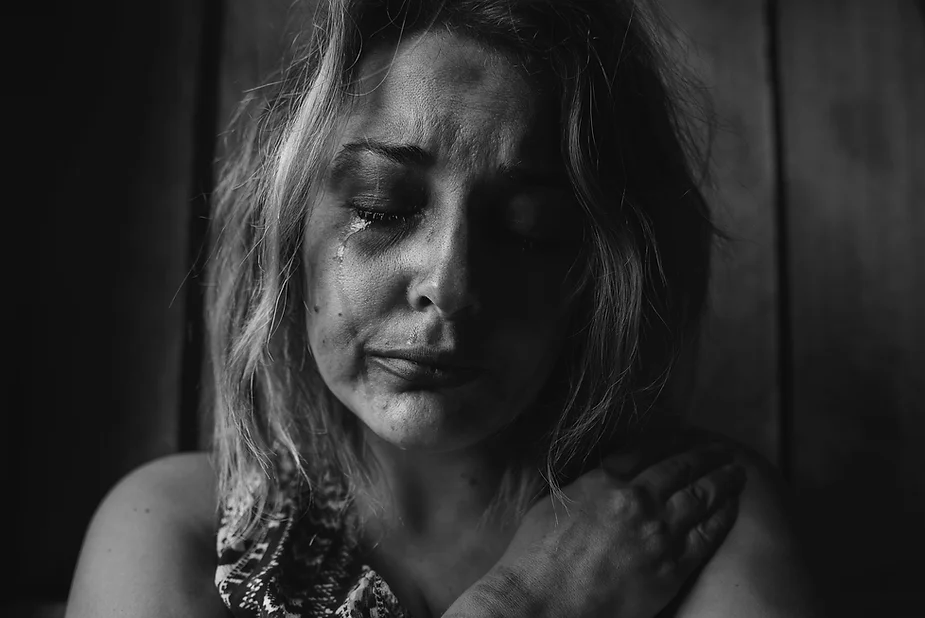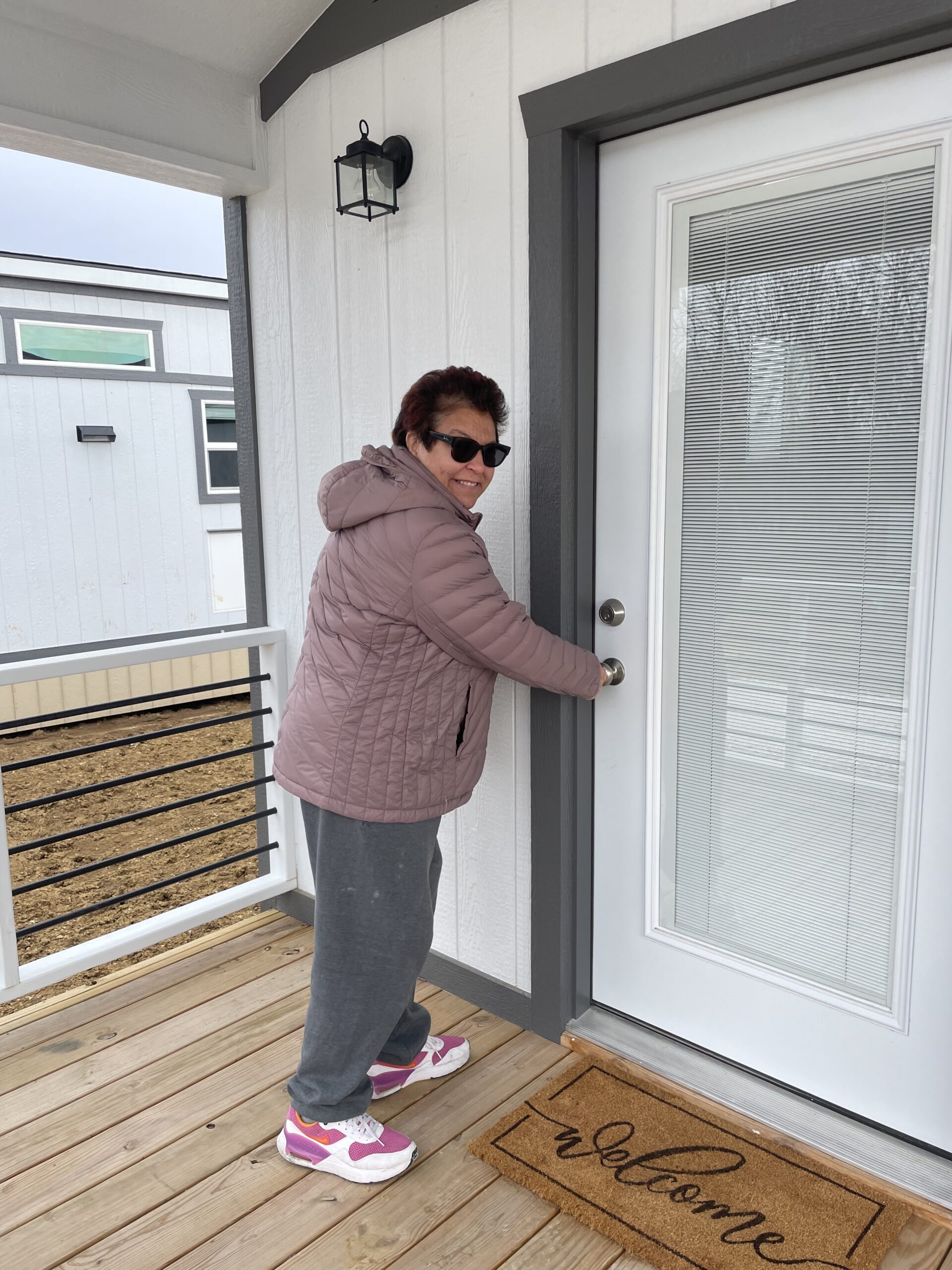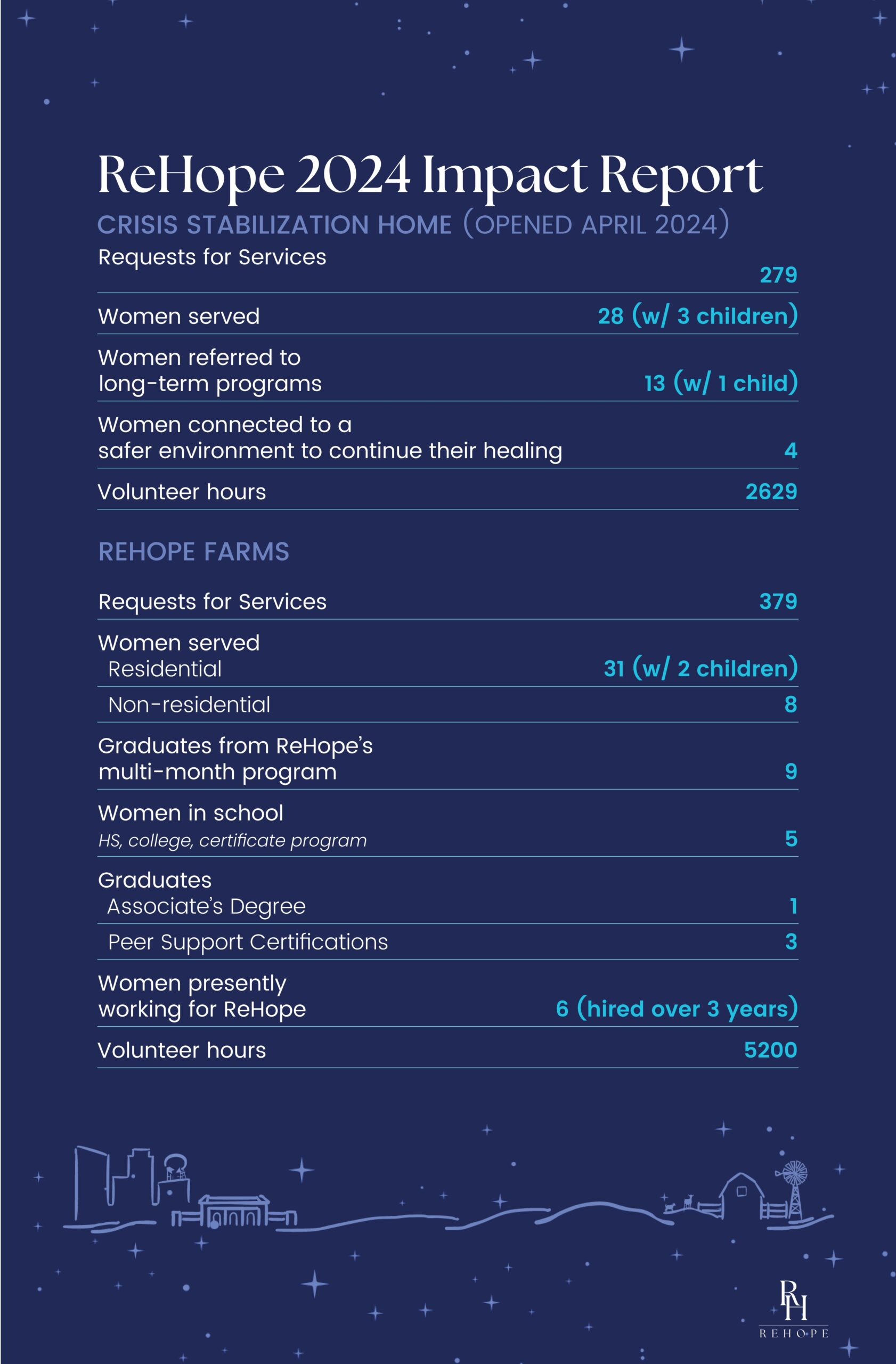developer@segalomedia.com . August 5, 2022
4 MYTHS ABOUT HUMAN TRAFFICKING

MYTH 1: “PORNOGRAPHY IS HARMLESS”
Pornography is the leading driving engine of demand for today’s commercial sex industry. The science behind pornography addiction is real and presents dangers that must be understood (Fight the New Drug, 2019). Pornography addictions are created when dopamine is released within the brain and a rush is experienced upon viewing sexually-oriented material. This “rush” is a normal reaction within the human brain to sexual stimuli. However, in the context of pornography consumption, one must seek increasingly extreme, more frequent, and deviant content in order to get that same feeling. Over time, this can lead to neurological damage in the brain, sexual dysfunctions such as erectile dysfunction, and decreased interest in relationships (Covenant Eyes, 2014). It also normalizes and eroticizes commodified sexual experiences void of human relationships, deviant sexual behaviors, and attitudes hostile to women.
At the same time, what is often depicted in pornography actually is sex trafficking on camera. This is 100% true anytime children under 18 are featured in pornography. Adults whose participation in pornography is the result of force, fraud, or coercion, are trafficking victims (Trafficking Victims Protection Act, 2000). If individual consent to certain types of scenes or pictures, but is later pressured or tricked into something else, consent is no longer present. Traffickers will often film the exploitation of their victims and then upload the material to pornography sites. Due to the lack of regulation of the pornography industry, film editing, or pressure or force put on the “actors”, the viewer cannot tell whether what they are seeing is consensual or not. Additionally, victims say that pornography was part of how their traffickers groomed them to show them how to behave sexually.
MYTH 2: “PROSTITUTION IS DIFFERENT BECAUSE IT’S A WOMAN’S CHOICE”
Prostitution may be conceptually or legally defined as an exchange between consenting adults however, the reality is that consenting adults in prostitution who are
- not under the control of a pimp,
- are actually over the age of 18 and,
- are consenting in a way that is in full alignment with what the definition of “consent” actually means, is a statistically rare occurrence.
One study found that only 1% engaging in prostitution meet that criteria (Davidson, 1998). Similar arguments rationalize that a woman should have the choice to sell her body, yet this ignores the reality that the vast majority of those that do, had no real choice in the matter.
- It is estimated that 65% to 95% of prostituted women and men have a history of early childhood sexual abuse and associated trauma (Farley, 2004). As one victim explained, “We’ve all been molested over and over, and raped. We were all molested and sexually-abused as children, don’t you know that?” (Giobbe, 1987).
- The average age of entry into prostitution is between 11 and 14 years old, below the age of consent. This makes it hard to say that prostitution is a choice that a woman makes with her body (Curtis, Terry, Dank, Dombroski & Khan, 2008; Farley, 2004; Federal Bureau of Investigation, 2009; Greene, et al., 1999; Holger-Ambrose, et al, 2013)
- Nearly 90% of prostituted persons are controlled by a pimp (Farley, 2004).
- The average life expectancy for a woman in prostitution is just 34 years (Potterat, et al., 1990)
Making a distinction between sex trafficking and prostitution is a stumbling block to really solving this problem. As stated by a well-known expert in prostitution research, “prostitution and sex trafficking are the same human rights catastrophe” (Leidholdt, 2003). Further, sex trafficking is the result of demand for prostitution.
MYTH 3: “WHY CAN’T VICTIMS JUST ESCAPE?
Many of us would like to think that if we were in a human trafficking situation that we would find a way to escape. The reality of these situations however, often involves factors that exceed our ability to imagine from an “arm chair” perspective. Sometimes victims are unable to escape because they are physically restrained from doing so, but often there are many other factors that keep people from fleeing their captors as well, things like:
- Psychological bonds to exploiters like trauma bonding or Stockholm Syndrome
- The experience of violence
- Physical health, handicaps or other limitations
- Threat of violence – to self or others
- Drug addiction – creates a dependence on provider
- Hopelessness, depression, despair
- Feeling that there is nowhere to go and no one to turn to
- Language barriers
- Cultural barriers
- Fear of deportation or law enforcement response
- Ignorance of their rights
- Isolation
- Shame and self-blame
- Sleep deprivation
- Food deprivation
- Failed previous attempts at escape
- The victims’ children or others that they care about are also under the control of the abuser/exploiter/captor
- In peonage or debt bondage situations, they may feel they have an obligation to pay off the debt
MYTH 4: “THERE IS NOTHING I CAN DO. THIS PROBLEM IS JUST TOO BIG.” This is the biggest myth of all…
The issue of human trafficking can feel very dark and overwhelming. The solution to it will take an ongoing, multi-faceted, multi-sector approach incorporating legal and systemic reforms, prevention efforts, victim identification and provision of services as well as elimination of demand. No single agency or individual can do all of these things. God has gifted each of us with a unique set of gifts and talents that when united with others in a spirit of healing, collaboration and redemption can be transformative. We can reach out and serve those who are vulnerable like children from broken families, those who are suffering from homelessness or poverty. You can contact your representatives about critical legal reforms. You can speak out about the dangers of pornography. There is much work to do and it is critical that we as a community move toward action and do so with intention.
Alison Phillips is an adjunct professor at the University of Missouri Kansas City specializing in human trafficking.
SOURCES:
Covenant Eyes. (2014) Pornography Statistics; 250+ facts, quotes, and statistics about pornography use. (p8-12)
Curtis, R., Terry, K., Dank, M., Dombroski, K., & Khan, B. (2008). Commercial sexual exploitation of children in New York City. Center for Court Innovation, 56.
Davidson, J.O.C. (1998). Prostitution, power and freedom. Ann Arbor, Michigan: University of Michigan Press.
Fight the New Drug (2017, August 23). How porn can become addictive. Retrieved from the Fight the New Drug Website: https://fightthenewdrug.org/how-porn-can-become-addictive/
Farley, M., & Barkan, H., (1998). Prostitution, Violence, and post-traumatic stress disorder. Women And Health, 27(3), pp 37-49.
Farley, M. (2004). Prostitution is sexual violence. Psychiatric Times, 21(12) pp 7-8,10.
Federal Bureau of Investigation, (2009). Efforts to combat crimes against children. Audit Report 09-08. Retrieved from:https://oig.justice.gov/reports/FBI/a0908/chapter4.html
Giobbe, E. (1987).WHISPER oral history project. Minneapolis, Minnesota.
Greene, J.M., Ennett, S.T., & Ringwalt, C.L. (1999). Prevalence and correlates of survival sex among runaway and homeless youth. American Journal of Public Health, 89:1406-1409.
Holger-Ambrose, B., Langmade, C., Edinburgh, L., & Saewyc, E. (2013). The illusions and juxtapositions of commercial sexual exploitation among youth: Identifying effective street outreach strategies. Journal of Child Sexual Abuse, 22:326-340.
Leidholt, D.A. (2003). Demand and the debate. Retrieved from: http://www.prostitutionresearch.com/Leidholdt%20Demand%20and%20Debate
Potterat, J. J., Woodhouse, D. E., Muth, J. B., & Muth, S. Q. (1990). Estimating the prevalence and career longevity of prostitute women. Journal of Sex Research, 27(2), 233-243.
Victims of Trafficking and Violence Protection Act of 2000, Public Law 106-386, §§1-2004, 114 Stat. 1464 2000





